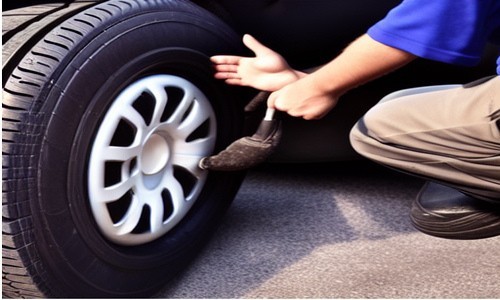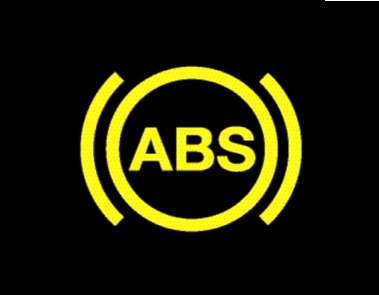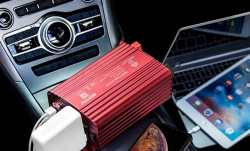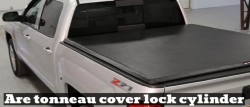C2121 Error Code: Engine Control Module (ECM) Communication Malfunction
The appearance of a diagnostic error code is a common occurrence for all cars, and while some of these codes may indicate a minor malfunction, it is important to address the problem immediately.This article dives into the C2121 error code which indicates a malfunction in the engine control module (ECM) communication system. Before we explain this error code, we will give you a brief introduction to the ECM and its primary functions.We then dive into explaining the causes and symptoms of this code as well as how you can fix it.
What is the Engine control module (ECM)?
This car component is also known as the engine control unit and it is responsible for maintaining the ideal performance of your car by monitoring several sensors and ensuring that multiple systems are functioning well. The systems that are controlled by the ECM include: The following sensors are used by the ECM to monitor the performance of these systems:- Fuel-to-air mixture
- Ignition system
- Idle speed system
- Variable valve timing
- System: Sensor(s) involved.
- Fuel-to-air mixture Air fuel ratio sensor (A/F Sensor) and oxygen sensor (O2 sensor)
- Ignition: Camshaft position sensors, Crankshraft and throttle position sensors.
- Idle speed: Speed Sensors.
- Variable valve timing: Variable valve timing (VVT) solenoid.
The tire pressure monitoring system (TPMS)
The TPMS system is responsible for notifying you when your tires have low pressure or if they are under-inflated. There are two types of TPMS systems and these types determine the location of the sensors in your car.Direct TPMS
The sensors in a direct TPMS are located in the tire pressure valve or on the rim of each tire in a car. One of the downsides to a direct TPMS is that the sensors are likely to malfunction due to exposure to bad weather conditions.
Indirect TPMS
The sensors in this TPMS are located in the anti-lock braking system (ABS) and measure the tire pressure from this location. These sensors are less likely to go faulty because of their location, however, if there is a problem with the ABS, these sensors may be affected.
Possible causes of the C2121 error code

While this error code can be classified as an ECM malfunction, it narrows down to a specific problem: a loss of signal from the ID1 transmitter. The transmitter serves as a route to send signals to and fro the ECM and the car sensors.
The ID1 transmitter is responsible for signal communication between the wheel sensor and the ECM, and when this transmitter stops sending signals, the ECM cannot monitor its performance. The wheel sensor is located inside the tires to send signals to the ECM.
Here are the possible causes of the C2121 error code:
Faulty tire pressure warning valve and transmitter
Loss of signal from the ID1 transmitter can occur when the tire pressure warning valve has a problem. This valve is responsible for sending signals to the ECM when your tires have low pressure or are underinflated. A faulty transmitter can also lead to signals not reaching the ECM.
Faulty tire pressure warning antenna and receiver
The tire pressure warning antenna and receiver play key roles in communicating low tire pressure from the sensor to the ECM. When they get damaged, this communication is interrupted and the ECM loses signal. Other malfunctions that are possible with the antenna and receiver of this component are that the harness can become open or short. A poor electrical connection between the antenna and receiver can also be a reason why signals don’t transmit to the ECM.
No speed signal
The crankshaft sensor measures the speed of the vehicle in revolutions per minute (RPM) and sends this signal to the ECM. If there is a fault with this speed sensor, no signal is sent to the ECM and this can cause the presence of this diagnostic code.
Symptoms of the C2121 error code
When this transmitter fails to send signals to the ECM, you may notice some abnormal signs from your car. Here are some of those symptoms that may be present.
The tire pressure monitor system (TPMs) light is on
When this system is triggered, it indicates a safety hazard and requires that you attend to the problem immediately. When the light appears on your dashboard, it indicates that your tires are underinflated and are at risk of wearing out.
ABS warning light on

The ABS is important to prevent skidding or losing traction when moving on a slippery surface. It works by detecting locked brakes and applying and releasing the brakes at about 20 times per second. In place of the ABS which is present in modern models, owners of older car models had to manually pump their brakes. The ABS warning light is displayed on your dashboard with the words “ABS” written in yellow.
Troubleshooting a C2121 error code
Before diving into any procedures, you want to be sure that you have the C2121 diagnostic code. This is achievable using an OBDII scanner which is used to detect this code and other error codes.
Diagnosing an error code
Here are the steps you need to follow to diagnose error codes using an OBD scanner:
Step one: Find the OBD connector port
You can find the connector port for your OBDII scanner somewhere on the dashboard on the driver’s side. It may be hidden behind a door or flap.
Step two: Connect your OBD scanner
Connect the cord of your scanner to the data link connector (DLC) on your dashboard. Be sure to check out the user manual of your OBDII scanner as some require power from your car to be used. For some models, your scanner may require that you input your car’s information (model, manufacture year, and vehicle identification number), while others automatically scan and read your car’s information.
Step three: Initiate a scan
It’s easier to know the code present in some scanners. You will be required to go to the menu and check for the code present because they have been automatically detected. Some scanners will need you to manually initiate a scan to display the code. An active code triggers the engine light and indicates a serious issue, while a pending code indicates a minor issue. However, both of these kinds of codes should be attended to immediately.
Fixing the code
To get rid of this code from your vehicle, you need to identify what triggered it and address that. You can contact a professional to help you learn more about the problem and the solution needed. Here are some possible solutions to clear this error code.
- Replace the tire pressure warning valve and transmitter: If a part of this component gets damaged, lost, or corroded, then it is vital to get a new one to keep it running.
- Fix or replace your crankshaft: The crankshaft sends speed signals to the ECM. If one of its components is damaged or corroded, fix or replace it to help your control using receive the right signal.
- Fix or replace the tire pressure: Fix and replace the exact warning antenna and receiver.
Conclusion
There are several error codes you may receive from your vehicle, however, the C2121 error code is one of the popular ones. This article guide helps you learn about your car’s control unit, the ECM, how it functions, and how the presence of this code affects it. You should have learned what triggers this code, the symptoms associated with it, how you can diagnose it with an OBD scanner, and how you can fix it.



